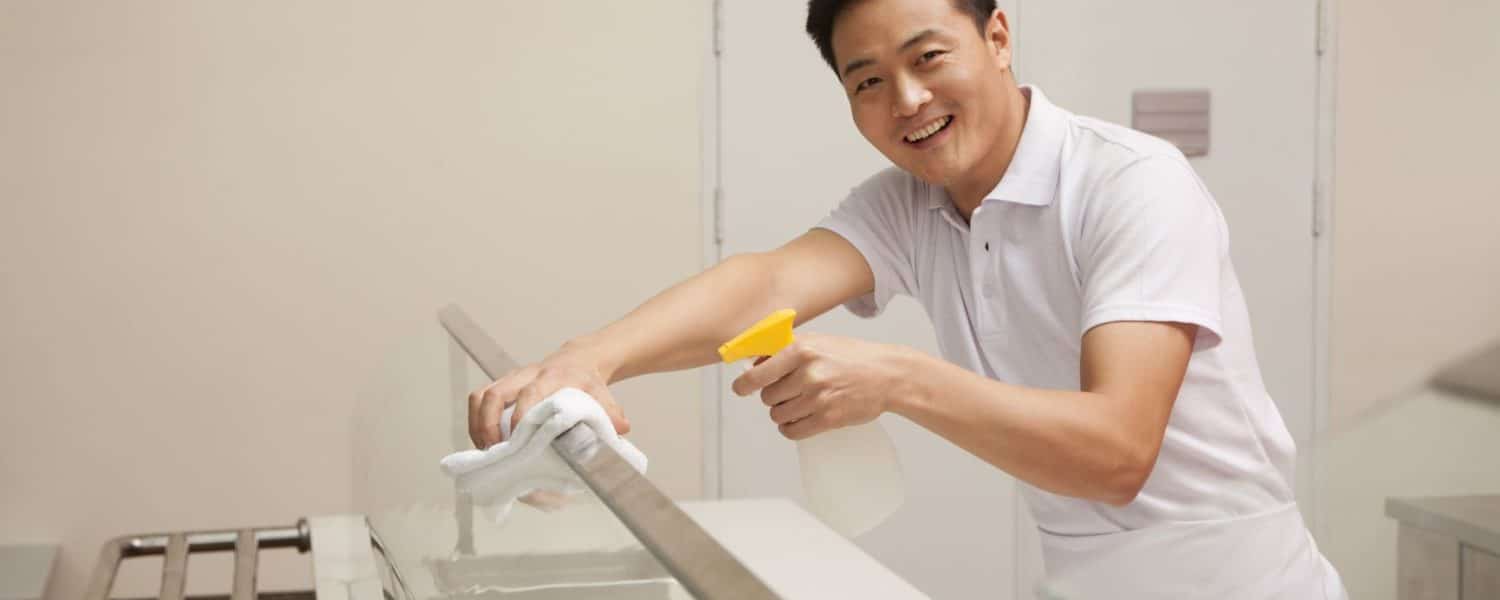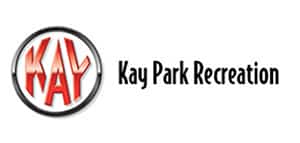By Nathan Parr
The world’s response to COVID-19 impacted us all. The return to school operations will bring families that have elevated expectations for a clean facility with a heightened understanding that it takes more to do it right. Schools have always faced a higher risk for exposure to, well, everything.
With the return of students to the classroom, large groups of individuals will be in proximity to one another for extended periods multiple days a week. This closeness creates an ongoing battle for cleaning teams.
To be successful in the fight, we must ensure to provide all the necessary tools to our teams and assist them in properly deploying them. The following are three primary keys to success.
- Chemical Selection
There is more to cleaning than sloshing a chemical around and calling it good. Improperly trained teams can get an area looking good but not necessarily cleaned, disinfected, and/or sanitized. A professionally trained team understands the difference between cleaning, disinfecting, and sanitizing and uses the right chemical, in the proper manner, for every task. Cleaning is simply the act of removing debris from an area. It will look better, but the germs will remain. Cleaning agents will have surfactants (soap) that assist in emulsifying and suspending the debris particles, which allows for removal from surfaces.
Disinfecting is the process that kills the bacteria on specific surfaces with registered disinfectants; however, use must be per manufacturers’ specifications and with care, as they are registered pesticides. When using disinfectants, it is vital to understand its “kill claim” and dwell time. You will find this information on the packaging. It will tell you how long the product must remain wet on the surface, and in what concentration, to kill the listed bacteria.
Sanitizing with registered sanitizers will reduce the level of surface contaminants to acceptable levels. The Food and Drug Administration certifies these chemicals. You use sanitizers on food-contact areas and they typically do not require a secondary rinse (as disinfectants will on food contact surfaces). Your cleaning team will need the right chemicals in their toolkit to properly prepare your facility. Modern chemical manufacturers have advanced the science of cleaning to allow for fewer products to be necessary for your facility as well as providing more ecologically sound choices.
- Equipment Selection
Properly maintaining a facility is no easy task. It is mentally and physically demanding. If you have not invested in modern commercial cleaning tools, then you are hindering the ability of the team to clean and maintain the facility at the highest level. Most facilities, regardless of size, can benefit from mechanization where possible. Sometimes mechanization will mean purchasing newer equipment that meets higher HEPA and ergonomic standards (think backpack vacuums) or, it can mean investing in ride-on auto scrubbers. Certain equipment upgrades can reduce time spent on tasks as well as reduce on the job injuries due to repetitive motion or back strain.
If mechanization seems a step too far, start with your cleaning cloths, mop, and dusting selections. They all should be microfiber. With very few, specific circumstances, microfiber cleaning tools are the best choice for most facilities. With proper care and use, these tools will last for several hundred washings, and the microscopic tendrils of a microfiber cloth are fine enough to pick up exceptionally fine particles that other fabrics will miss. The availability of different colored cloths makes developing a system to ensure the correct chemical use on surfaces simple.
- Training
The final key to an effective cleaning program in your facility is training. The best chemicals and the best equipment are of little use if the team given them do not understand how to deploy them effectively. Certain types of training are standard and required for everyone; some training will require internal development to meet your specific needs.
The initial training standard to consider is a Hazardous Communication training class. OSHA.gov provides several informational resources regarding this type of training. For all team members expected to use chemicals, this training ensures they understand how to handle, store, and use chemicals safely. There is an unfortunate tendency to treat commercial cleaning chemicals and equipment the way we might at our homes, and that is not safe for the team nor the students, staff, and parents they serve. Proper handling and labeling, as well as an awareness of the importance of an up-to-date Safety Data Sheet book, are stressed in Hazardous Communication Training.
In addition to hazardous communication, your team requires training in the correct process to deal with blood or other potentially infectious material. There are several products to assist in absorbing/solidifying liquid, yet that is just one potential step in the process. If you require your staff to clean-up bodily fluids, you may need to be prepared to comply with OSHA rules regarding offering access to HBV vaccines.
From a training standpoint, not all areas utilize the same process for cleaning. In different spaces, chemical and equipment selection is critical. An effective program will have a training curriculum that details the process for cleaning the types of spaces found in your facility. At a minimum, a training plan will explain the process for a classroom, a public area/hallway, a restroom, an office, and a kitchen/food prep area (if applicable). A training plan will allow for the creation of process cards as well. A well-defined standard and process are necessary to ensure our teams have what they need to clean properly.
These three areas form the foundation for your cleaning program. Investing in training, working through your chemical selections and uses, and upgrading your equipment will have a cost, both in time and money.
However, the ability to provide returning families a detailed explanation of cleaning practices in place, coupled with the knowledge that the cleaning team is proficient in accurately performing the cleaning tasks, will provide a level of peace that will assist in a positive learning environment.
Nathan Parr is a facility specialist with Smart Church Solutions, which partners with churches and private schools across the nation in increasing facility stewardship through education, training, facility assessments, project management, and event scheduling and maintenance management software, www.smartchurchsolutions.com.










